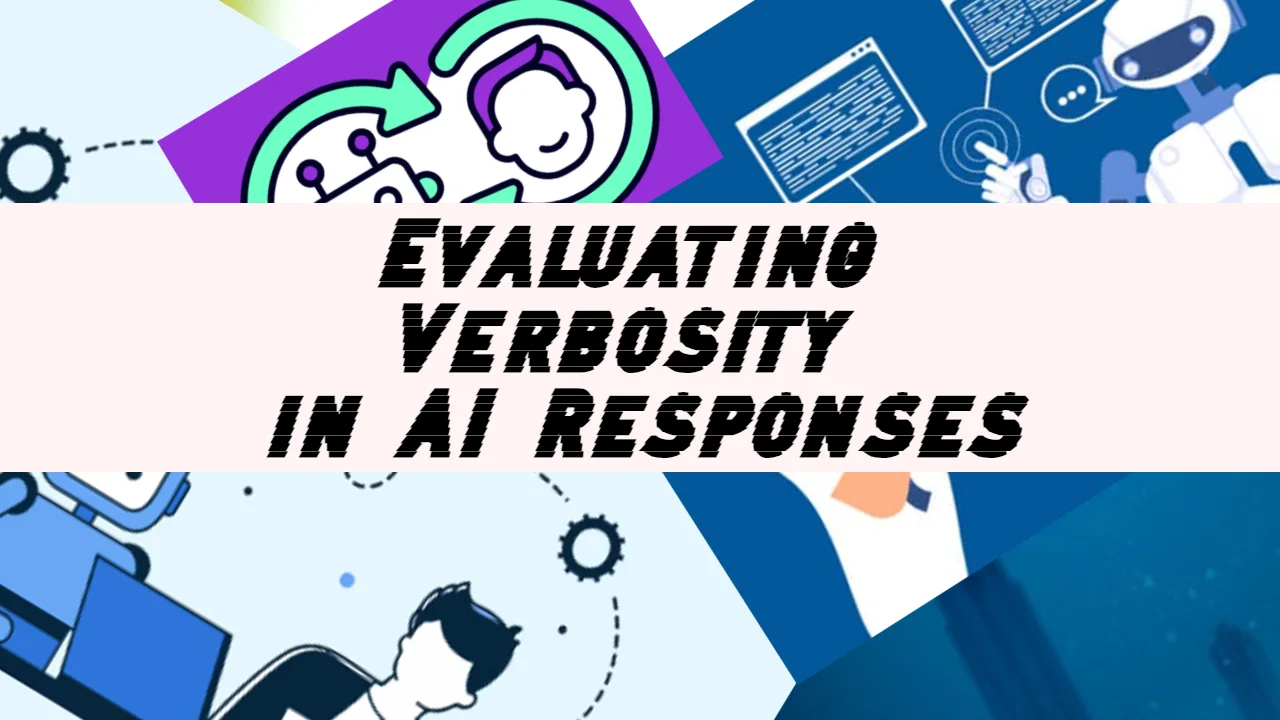Understanding the fundamental terms is akin to deciphering the building blocks of a complex puzzle. Whether you’re a newcomer curious about AI Learning or a seasoned enthusiast looking to brush up on your knowledge, grasping the basics is paramount. So, let’s embark on a journey to demystify some quintessential terms in AI.
Chatbot: Engaging in Human-like Conversations
At the forefront of AI’s interaction with humans stands the chatbot. Picture a chatbot as a digital conversationalist programmed to engage in lifelike dialogues with users. When you interact with a chatbot, you input prompts—text-based queries or statements—and, in return, receive responses crafted by the chatbot’s algorithms.
Prompt: The Catalyst for Conversation
A prompt acts as the catalyst for interaction, serving as the input users provide to elicit a response from the chatbot. It can be as simple as a question or as complex as a scenario, guiding the direction of the conversation.
What is a good prompt?
A good prompt serves as the gateway to a meaningful interaction with a chatbot, guiding the conversation toward a specific objective.
- Firstly, it should be clear and concise, avoiding ambiguity to ensure the chatbot understands the user’s intent accurately.
- Secondly, it should be engaging, capture the user’s attention, and encourage them to participate actively in the dialogue.
- Thirdly, a good prompt is contextually relevant, considering the user’s preferences, interests, or the purpose of the interaction. Moreover, it should be open-ended enough for diverse responses, fostering a dynamic conversation.
- Lastly, an excellent prompt challenges the chatbot by introducing complexity through role-playing scenarios, specific tasks, or audience targeting.
By adhering to these principles, a good prompt sets the stage for an enriching and fulfilling interaction between the user and the chatbot, facilitating meaningful exchanges and fostering user engagement.
Response: The Art of Dialogue
In chatbots, a response is the output generated by the AI in reaction to the prompt received. Crafted based on algorithms and training data, responses aim to emulate human-like conversation, providing relevant and coherent answers.
Training Chatbots: The Path to Sophistication
Chatbots undergo a process akin to human learning—training to enhance their conversational prowess. This involves exposing them to many sample prompts and responses, akin to providing a writer with exemplary texts to hone their craft. This training teaches chatbots to understand various prompts and craft appropriate responses, mimicking natural dialogue.
Complex Prompt and Response: A Dive into Complexity
Central to training chatbots is the creation of complex prompts and responses. These go beyond simple interactions, challenging the AI to comprehend nuanced scenarios and produce tailored replies. Let’s delve into the components that constitute complexity:
Who Should the Chatbot Respond As?
One facet of complexity lies in assigning specific roles or personas to the chatbot. We push the boundaries of its conversational capabilities by challenging it to embody various characters or professions.
- Example: Imagine you’re a wildlife biologist exploring the Amazon rainforest.
What Is the User Asking the Chatbot to Do?
Complex prompts should have a clear ask, directing the chatbot towards a specific action or task. This clarity enables the AI to understand the purpose behind the interaction and respond accordingly.
- Example: Craft a persuasive speech advocating for environmental conservation.
Who Is the Intended Audience?
Tailoring responses to suit the intended audience adds another layer of complexity. By specifying the demographic or persona, we shape the tone and style of the conversation, making it more relatable and engaging.
- Example: For a group of tech-savvy millennials passionate about sustainability.
What Other Requirements and Constraints Should the Response Adhere To?
Adding additional constraints, such as tone, style, or formatting, increases the task’s complexity. These constraints challenge the chatbot to adapt its response accordingly, enhancing its versatility.
- Example: Craft a response infused with humor and accompanied by relevant emojis.
What Makes the Prompt Relevant for the Local Audience?
Incorporating elements relevant to the local market enhances the authenticity of the conversation. Integrating cultural references or regional themes makes the interaction more relatable and engaging for users.
- Example: Recommend traditional dishes to accompany a Brazilian feijoada.
Prompt Example: Crafting a Persuasive Speech as a Wildlife Biologist
Now let’s look at a prompt example that implements all 5 questions listed above:
Imagine you’re a wildlife biologist exploring the Amazon rainforest. Your expertise and passion for conservation have led you to advocate for protecting this biodiverse ecosystem. Craft a persuasive speech advocating for environmental preservation tailored for a group of tech-savvy millennials passionate about sustainability. Your speech should present compelling arguments for conservation and captivate the audience with humor and relevant emojis. Additionally, it incorporates local elements, recommending traditional dishes to accompany a Brazilian feijoada to resonate with the cultural context. By embodying the persona of a wildlife biologist and addressing the audience’s interests and preferences, your speech aims to inspire action toward preserving the Amazon rainforest for future generations.
Embracing the Journey of AI Learning
As we traverse the realm of AI learning, mastering the basic terms lays the foundation for deeper exploration. From understanding the role of chatbots to crafting complex prompts and responses, each step brings us closer to unraveling the intricacies of artificial intelligence. So, embark on this journey with curiosity and eagerness, for in the world of AI, the quest for knowledge knows no bounds.




